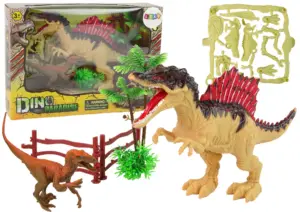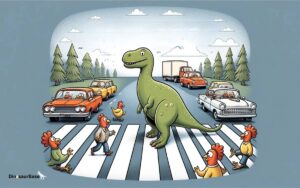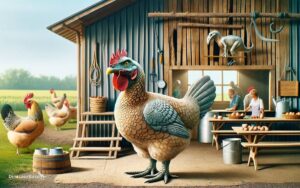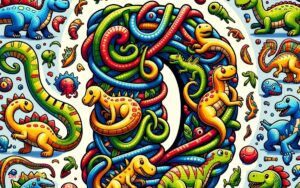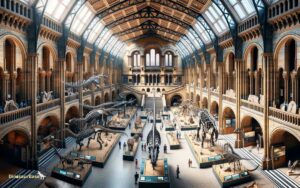Can a Dinosaur Be Cloned? Unearthing the Possibilities!
As of now, dinosaurs cannot be cloned due to the lack of viable DNA. Scientists require intact genetic material, which is not preserved in fossils.
Cloning a dinosaur has long been a topic of fascination both in science fiction and within the scientific community. The idea of bringing back creatures from the Mesozoic era captivates the imagination, yet presents significant scientific challenges. Despite remarkable advances in genetic technology, cloning ancient animals, particularly dinosaurs, remains outside our current capabilities.
The primary obstacle is the absence of recoverable dinosaur DNA; genetic material degrades over time, and the last dinosaurs lived around 66 million years ago, far beyond DNA’s half-life. Even with the most sophisticated techniques, such as CRISPR for genome editing or attempting to reverse-engineer birds — the closest living relatives of dinosaurs — the recreation of a living, breathing dinosaur is not yet possible. This topic continues to stir public interest and scientific inquiry into the limits of de-extinction and genetic resurrection.
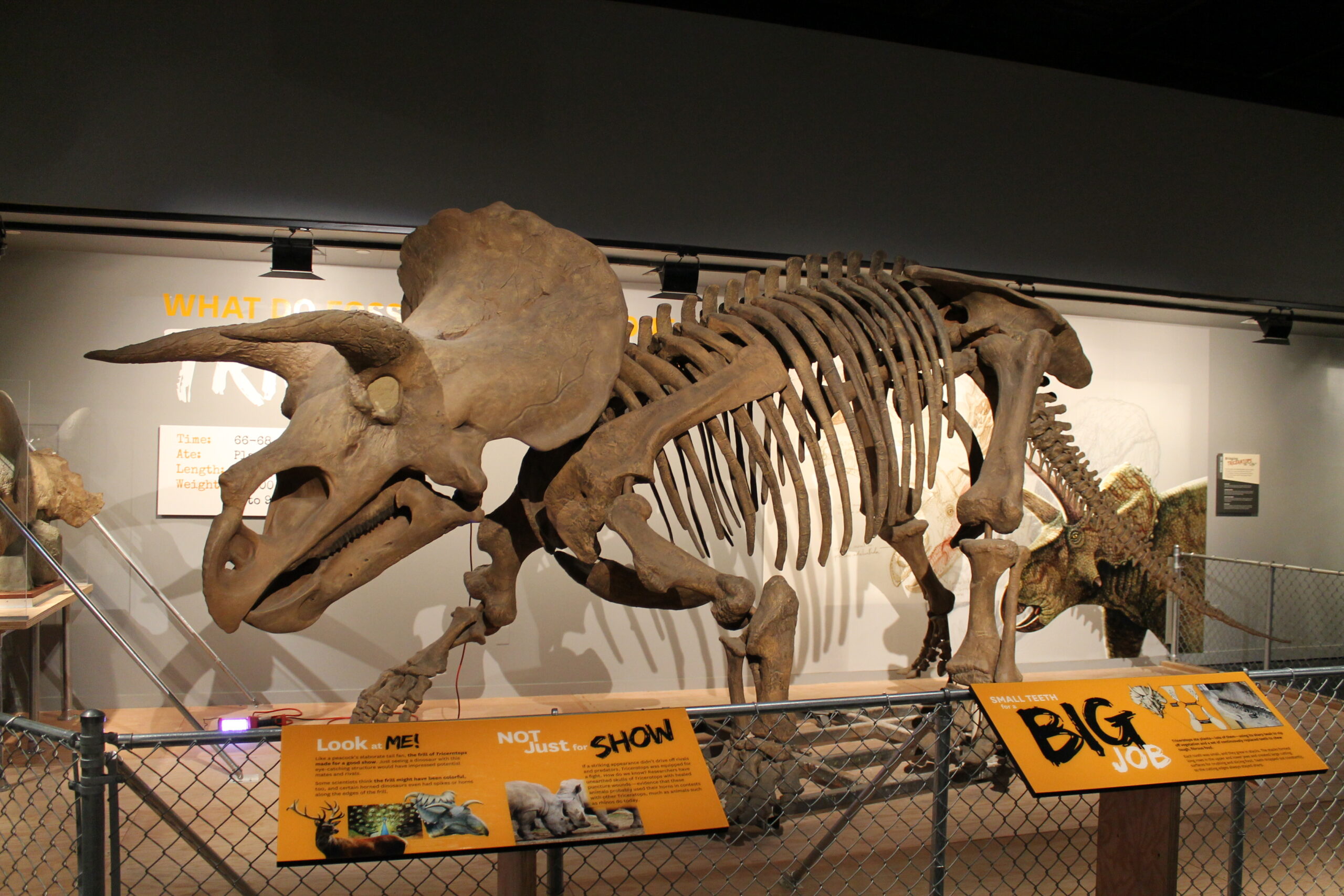
Jurassic Ambitions: The Dream Of Dinosaur Cloning
The possibility of bringing dinosaurs back to life has long fascinated the world. Excitement and curiosity surround the concept of dinosaur cloning. Scientists and dreamers alike ponder the revival of these magnificent beasts. This segment delves into the allure of this concept, influenced by pop culture and scientific attempts to resurrect extinct species.
Dinosaurs roar to life on screens, igniting the imagination of audiences worldwide. Pop culture thrives on tales of prehistoric giants resurrected through the wonders of science. Here are notable examples:
- Jurassic Park: A film where DNA brings dinosaurs back to life.
- The Land Before Time: An animated adventure showing friendly dinosaurs.
- Dino Crisis: A video game blending action with dinosaur encounters.
Efforts to resurrect extinct animals are not new. Science has tried and learned from past endeavors.
| Year | Species | Method | Outcome |
|---|---|---|---|
| 2003 | Bucardo (Pyrenean ibex) | Cloning | Short-lived success |
| 2009 | Black-footed ferret | Advanced Genetic Studies | Ongoing efforts |
Such attempts lay the groundwork for future possibilities in cloning extinct species, including dinosaurs.

Credit: www.amazon.com
The Science Behind Cloning: How Does It Work?
Imagine bringing a species back that walked the Earth millions of years ago. The thought of cloning a dinosaur sparks curiosity and wonder. Cloning might seem like science fiction, but it’s grounded in real-world science. Let’s dive into how cloning works and explore if resurrecting a dinosaur is within the realm of possibility.
Defining Cloning: A Brief Primer
Cloning is creating a new organism with the same genetic material as another. This copy is nearly identical to the original. Scientists use a process called somatic cell nuclear transfer (SCNT). A donor cell and an egg cell join to make a new life. It is complex but fascinating.
- Remove the nucleus from an egg cell.
- Insert the nucleus from a donor cell.
- Stimulate the egg to begin dividing.
- Place it into a surrogate to grow.
Milestones In Cloning: From Dolly To Today
The world heard about cloning first with Dolly the sheep. She was the first mammal cloned from an adult cell in 1996. Since Dolly, there have been many advances:
- Cloning of other animals like horses and dogs.
- New techniques improving cloning success.
- Exploration into using cloning for conservation.
Even with these milestones, cloning a dinosaur remains challenging. Dinosaur DNA is old and degraded, making it tough to use. Current cloning methods need complete, high-quality DNA, something we don’t have for dinosaurs. Scientists keep pushing limits, so one day, it might just happen.
Dinosaur Dna: Hunting For Genetic Blueprints
Imagine bringing a creature back to life after millions of years. The thought of cloning dinosaurs sparks excitement and curiosity. Scientists are on a quest to find their genetic blueprints. This adventurous search reaches deep into the Earth’s crust where these ancient giants once roamed.
Scientists look at fossilized bones for clues. Fossils are like nature’s time capsules. They hold secrets from the past. But can they provide the genetic material needed for cloning?
- Bone structure gives shape and size details.
- Rare soft tissues sometimes hold DNA.
- Most fossils do not contain genetic material.
New methods can find tiny DNA fragments. These fragments offer vast knowledge. But there are challenges to overcome.
| Breakthroughs | Limitations |
|---|---|
| Advanced sequencing technologies. | DNA degrades over time. |
| Discovery of well-preserved specimens. | Contamination with modern DNA. |
| Improved extraction techniques. | Complete genomes are rare. |
Every discovery brings us closer to understanding. Yet the dream of seeing a living, breathing dinosaur is still out of reach. The hunt for their DNA continues, with hope and persistence.
Challenges In Dinosaur Cloning
The dream of cloning a dinosaur sparks curiosity far and wide. Yet, bringing these ancient creatures back to life is fraught with challenges. Here we delve into the scientific hurdles that must be overcome.
Degradation Of Dna Over Millions Of Years
DNA deteriorates over time. Dinosaurs went extinct about 65 million years ago, meaning their genetic material has long since broken down. This ancient DNA is fragmented and chemically altered, posing major difficulties for cloning attempts.
- The half-life of DNA is estimated to be 521 years.
- Even in optimal preservation conditions, usable DNA would last less than a million years.
- Dinosaur fossils typically do not contain preserved genetic material.
Lack Of Suitable Surrogate Species
Even with intact dinosaur DNA, a compatible surrogate is needed to host the embryo. No living species closely resembles dinosaurs enough to fulfill this role. The evolutionary gap is vast, posing another significant obstacle.
- Birds are the closest living relatives to dinosaurs.
- Modern birds are significantly different from their dino ancestors.
- Cross-species surrogacy has complex biological barriers.
In conclusion, while dinosaur cloning stirs the imagination, real-world scientific barriers make it a distant prospect. The march of time erodes the genetic blueprint, and the absence of a suitable surrogate casts doubt on the feasibility of resurrection.
Ethical And Ecological Considerations
Ethical and ecological considerations take center stage in the debate about cloning dinosaurs. Bringing extinct species back to life stirs up numerous questions. It crosses the realms of science fiction into possible reality. Delving into these concerns requires a nuanced understanding of the moral and environmental impacts of such actions.
The Morality Of Bringing Back Extinct Species
The concept of dinosaur cloning isn’t just a scientific endeavor. It touches on deep moral questions. Consider these:
- Is it right to revive a species that natural selection has phased out?
- Can we ensure the well-being of these cloned creatures?
- Does humankind have a responsibility to rectify past extinctions?
These critical questions highlight the moral maze we navigate when considering dinosaur cloning. They ask us to ponder our role in nature’s timeline.
Impact On Ecosystems And Biodiversity
Introducing extinct species to modern ecosystems has unknown consequences. Ecosystems are complex networks that take centuries to stabilize. Introducing dinosaurs could disrupt existing wildlife and plant communities. It may cause unforeseen ripple effects:
| Potential Impact | Resulting Scenario |
|---|---|
| New Predators | Could shift the balance, endangering current species. |
| Competition for Resources | Might lead to scarcity of food or habitat for existing fauna. |
| Disease Transmission | Cloned dinosaurs could introduce ancient pathogens. |
These scenarios showcase the ecological gamble of dinosaur cloning. Careful consideration must guide such groundbreaking efforts.
Alternatives To Cloning: Resurrecting The Past
Imagine walking with dinosaurs, hearing their mighty roars echo through the air today. It seems impossible, right? Yet, science teases us with the notion that this fantasy could become reality. Not through the classic means of cloning, but through innovative alternatives that aim to resurrect these ancient giants.
De-extinction Through Genomic Engineering
Genomic engineering opens the doorway to the past. This technology does not recreate an exact copy of a dinosaur. Instead, it brings back their traits in living descendants. Here is how it could work:
- First, scientists examine dinosaur DNA fragments.
- Then, they compare these fragments with the DNA of modern relatives.
- The last step is editing the modern DNA to match the ancient one.
Imagine a bird with the scales of a velociraptor. This could be possible with gene editing.
Creating ‘functional’ Dinosaurs: The Chickenosaurus Project
The Chickenosaurus Project is not a sci-fi movie concept. It’s real science aiming for a ‘functional’ dinosaur. But what does this mean?
- First, you start with a chicken – a dinosaur’s closest living relative.
- Then, you tweak its genome to produce dinosaur-like features.
- Finally, you hatch the egg and monitor the outcomes.
Jack Horner, an eminent paleontologist, leads this project. His goal is to give a chicken a tail and arms like a dinosaur.
The Future Of Dinosaur Cloning
Imagine walking with dinosaurs. Movies show it, books imagine it, but could science do it? Dinosaur cloning was once pure fantasy. Yet, advances in science whisper possibilities. Could we bring these magnificent creatures back? The future of dinosaur cloning teases the bounds of the imagination.
Investments And Research Influencing The Field
Funding fuels scientific breakthroughs. Deep pockets back daring studies. Universities, private investors, and governments invest in genetic research. New technologies emerge from this pool of resources. Cutting-edge research hints at the capability to resurrect long-extinct species.
- Genome Sequencing: Innovations that decipher ancient DNA
- CRISPR Technology: Breakthrough gene-editing tools
- De-Extinction Initiatives: Programs specifically aiming to bring species back
Realistic Expectations And The Road Ahead
However thrilling the prospect, cloning a dinosaur is complex. Intact DNA is vital, yet finding this is a challenge. Dinosaurs vanished 65 million years ago. Their DNA has degraded. Still, experts are exploring viable paths.
Cloning might start with closely-related species. Birds are modern dinosaurs’ closest kin. Scientists consider using bird DNA as a template. A true-to-life dinosaur remains a distant dream. But, step by step, science edges closer. A prehistoric park isn’t here yet. Patience and innovation will tell.
| Scientific Area | Impact on Cloning |
|---|---|
| Genetic Research | Building blocks for cloning |
| Biotechnology | Tools for DNA manipulation |
| Ecology | Understanding dinosaurs’ habitat needs |

Credit: www.linkedin.com

Credit: www.nytimes.com
Conclusion
Bringing dinosaurs back to life remains a topic steeped in intrigue and scientific debate. While advancements continue, the reality of cloning prehistoric giants is fraught with ethical and biological challenges. As researchers push the boundaries, our fascination endures, ever hopeful yet grounded by the complexities of science.

